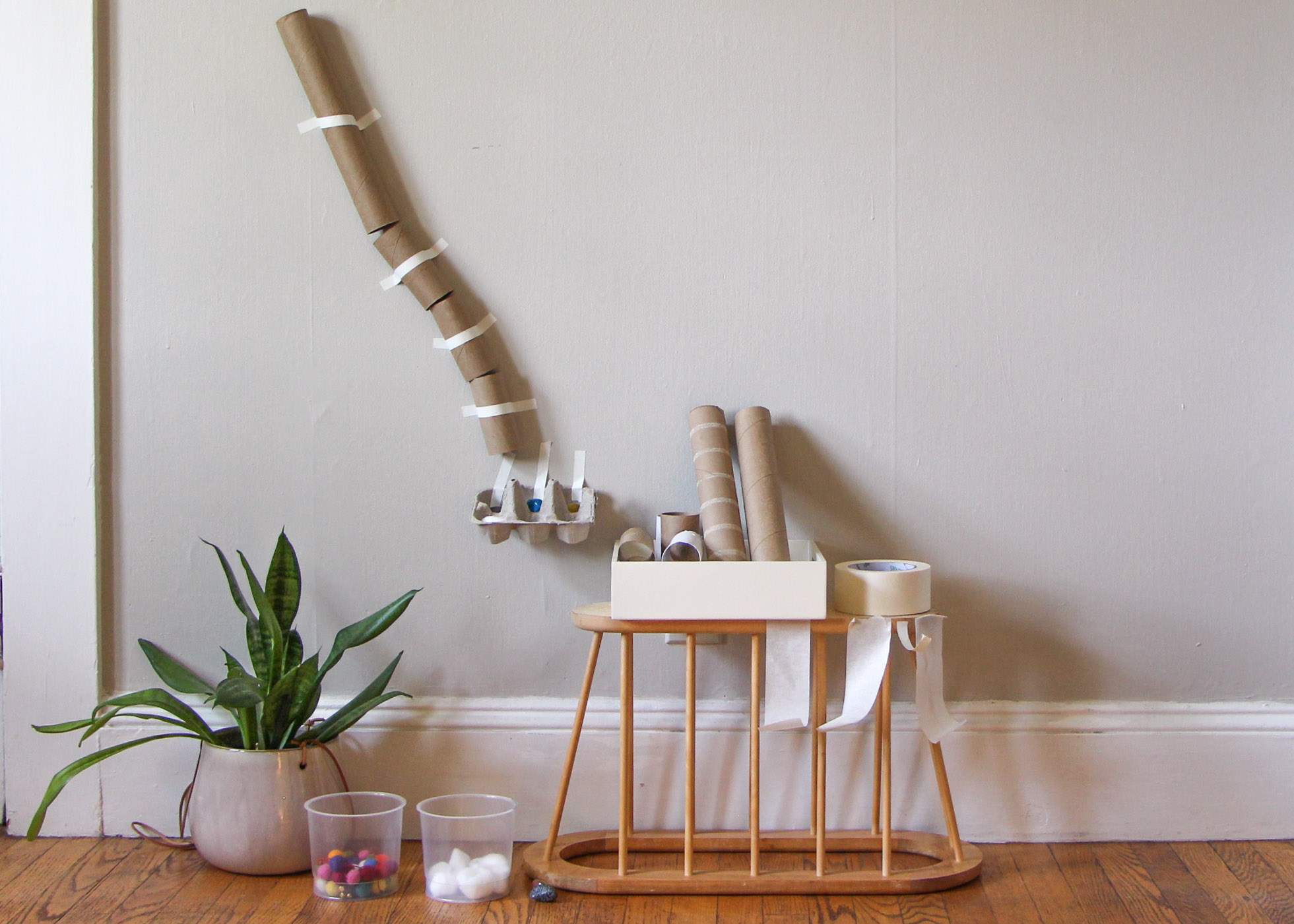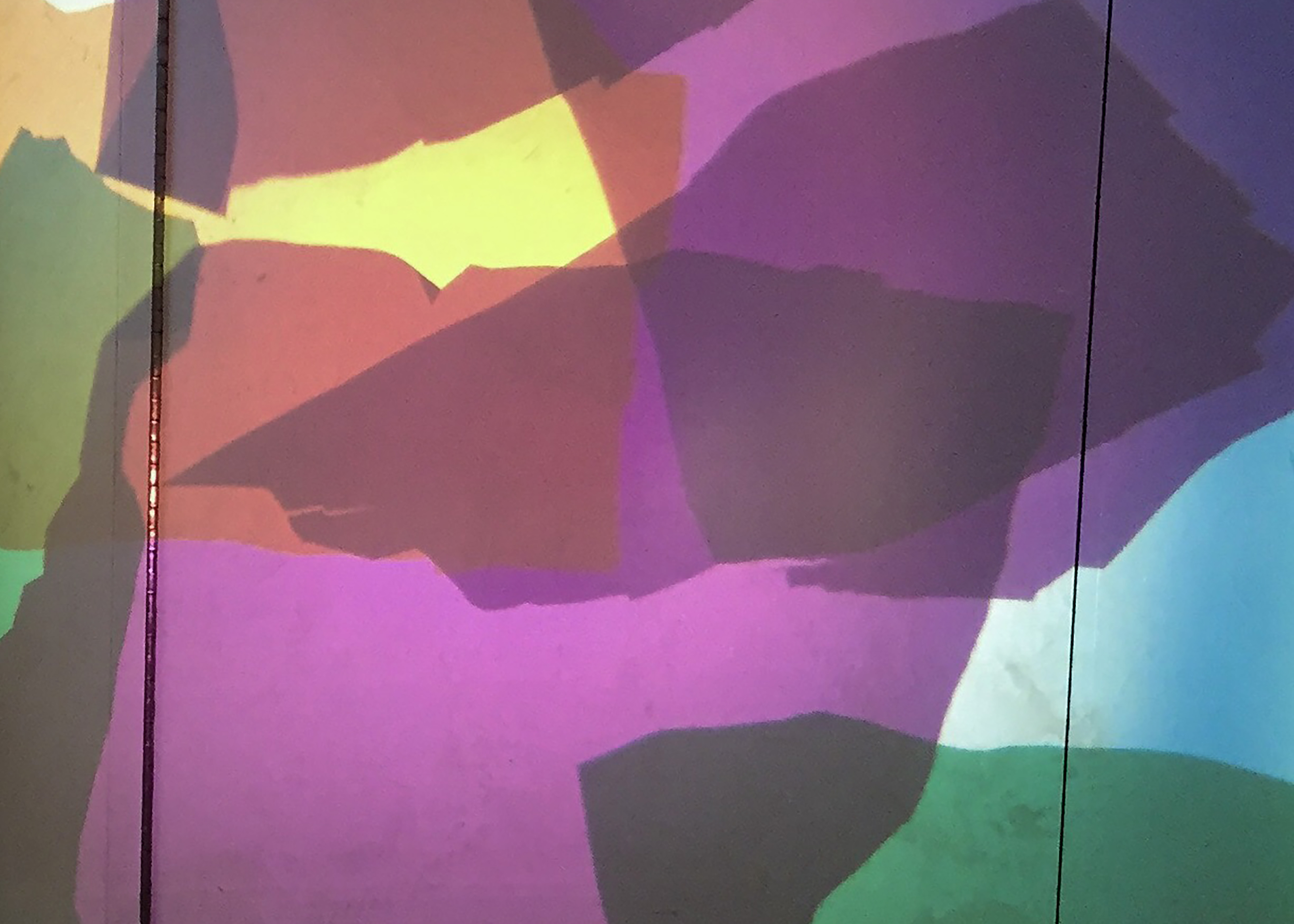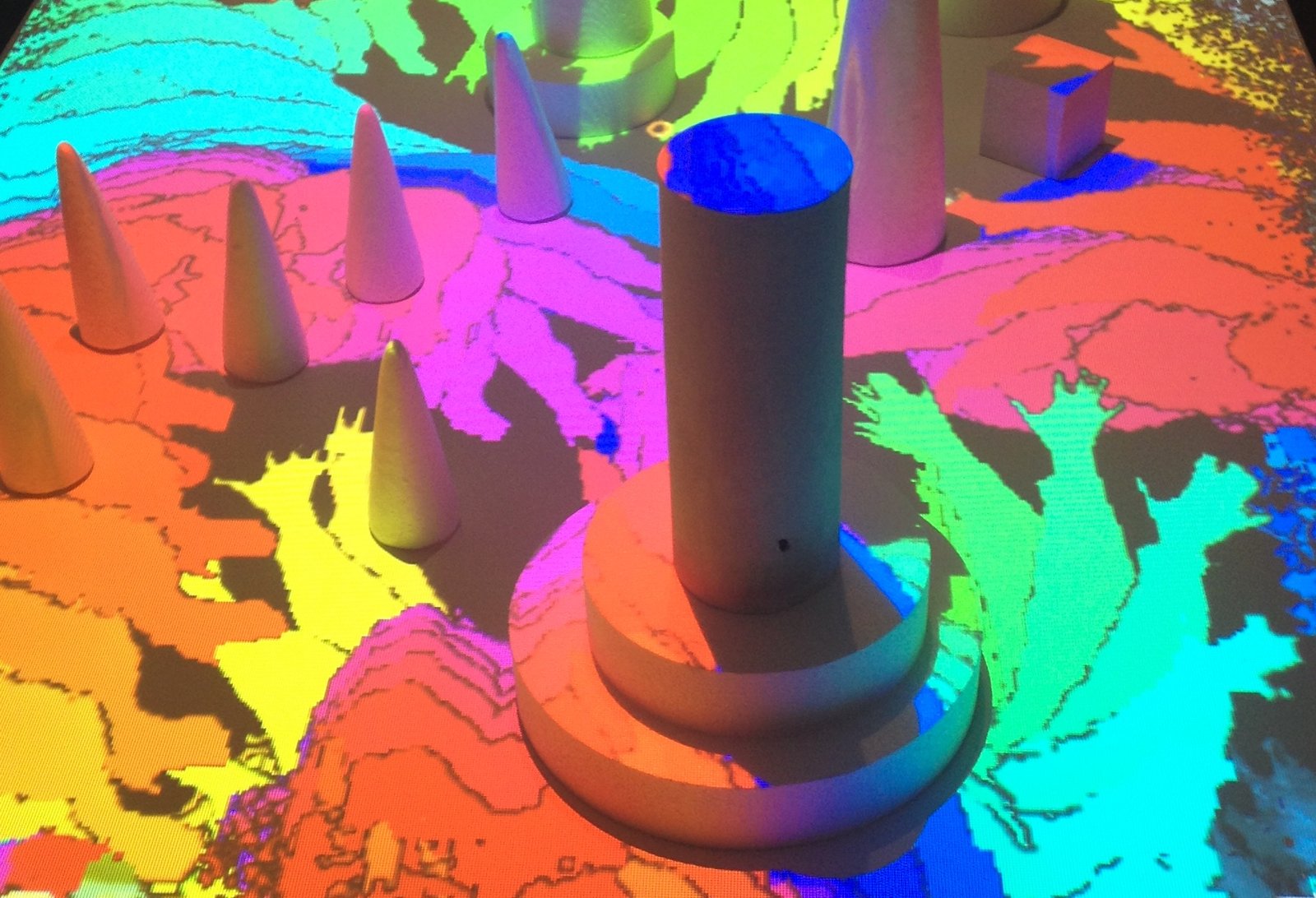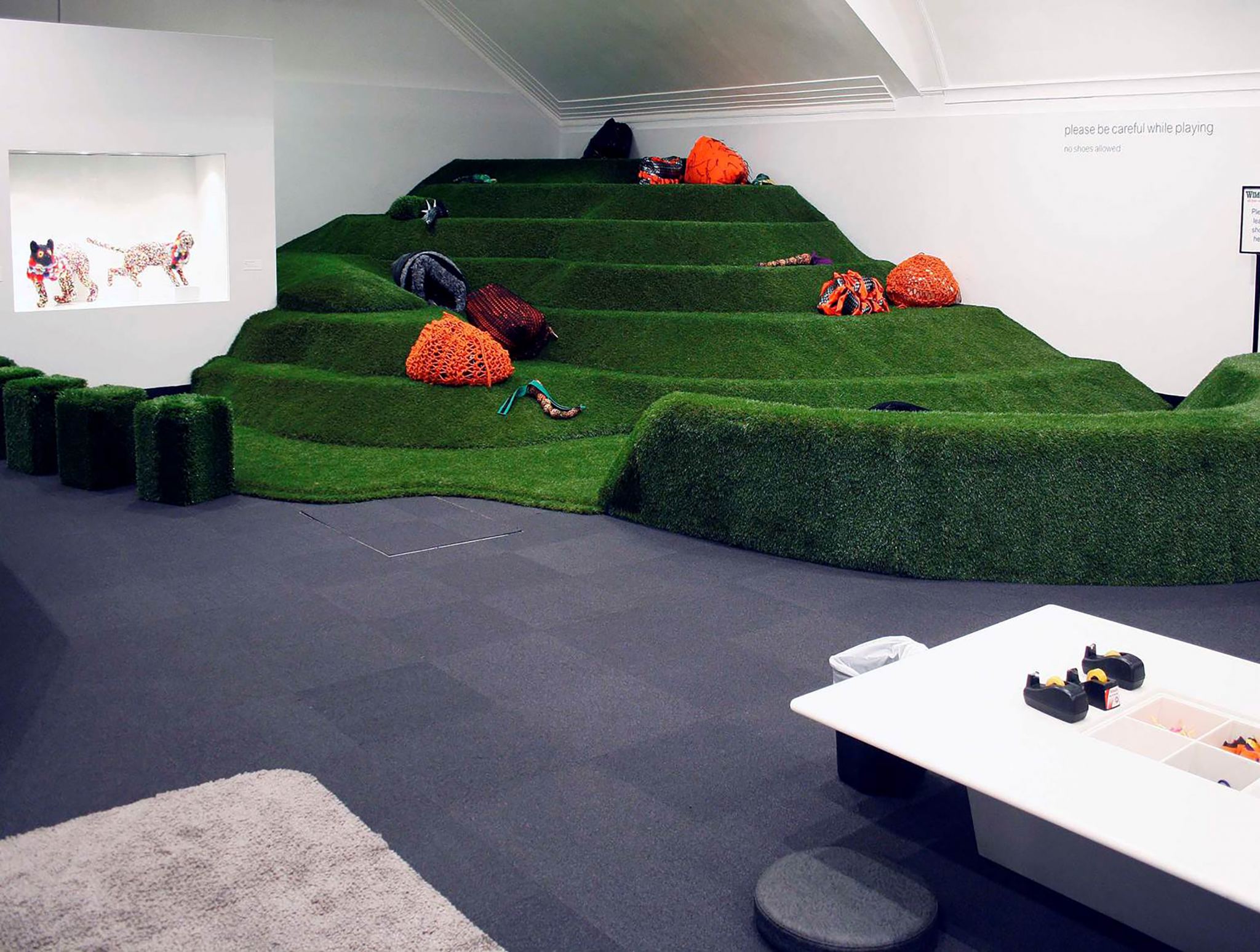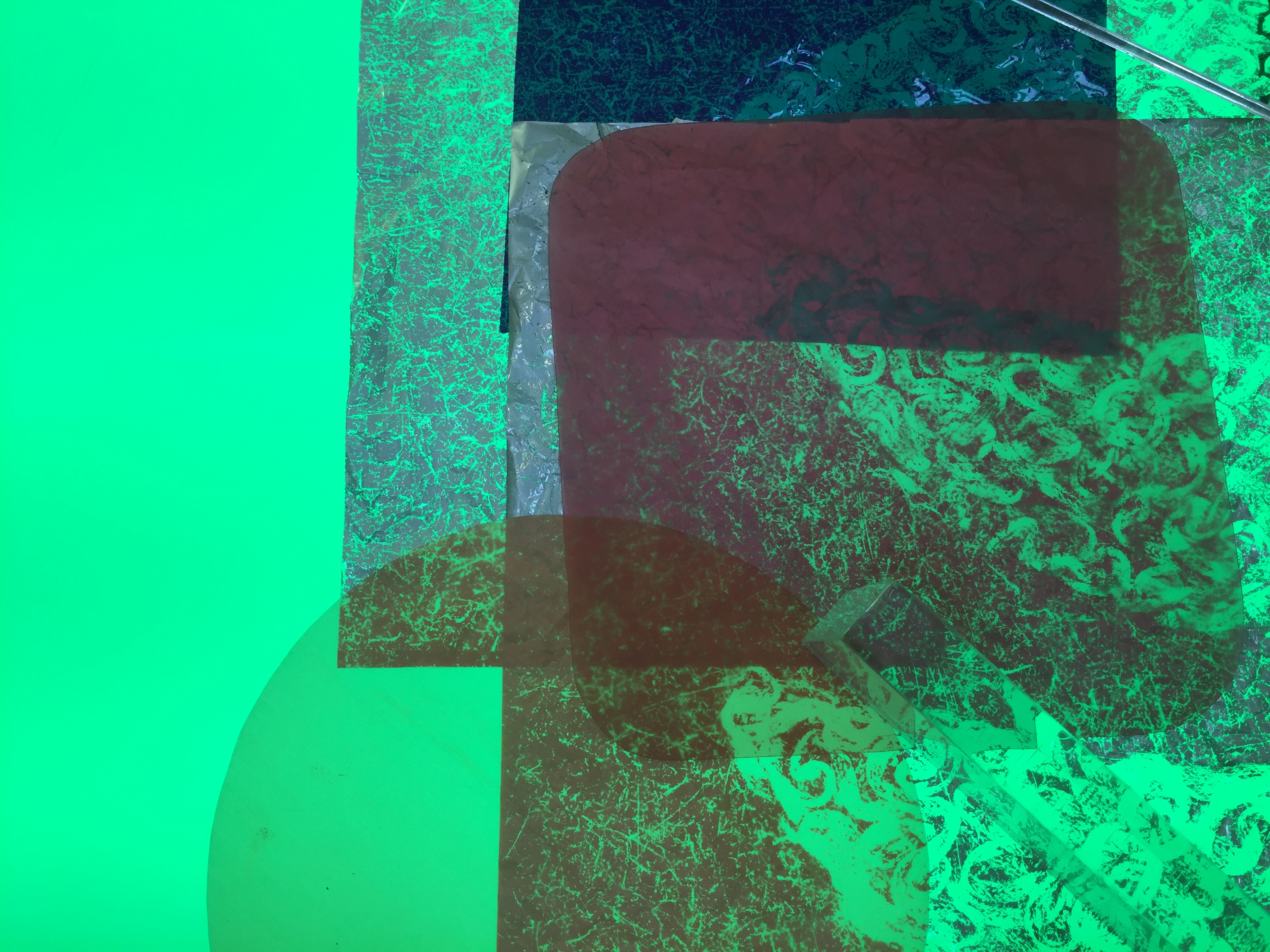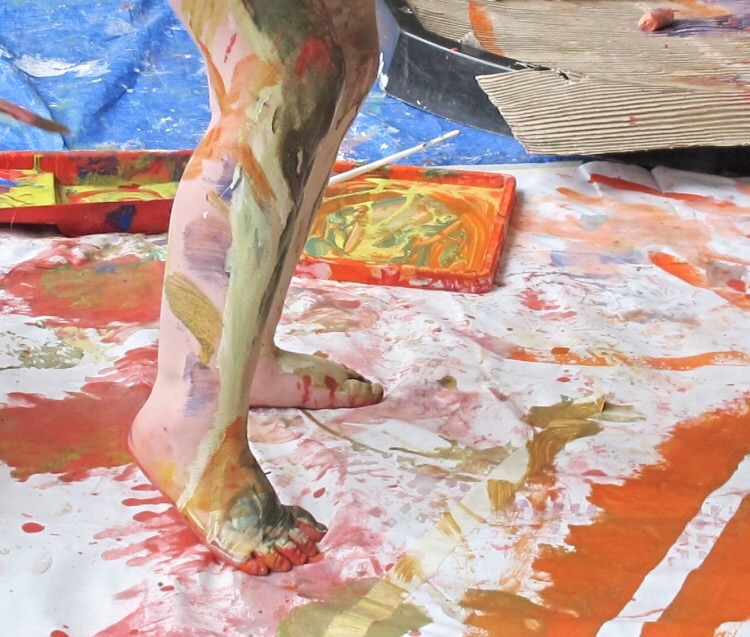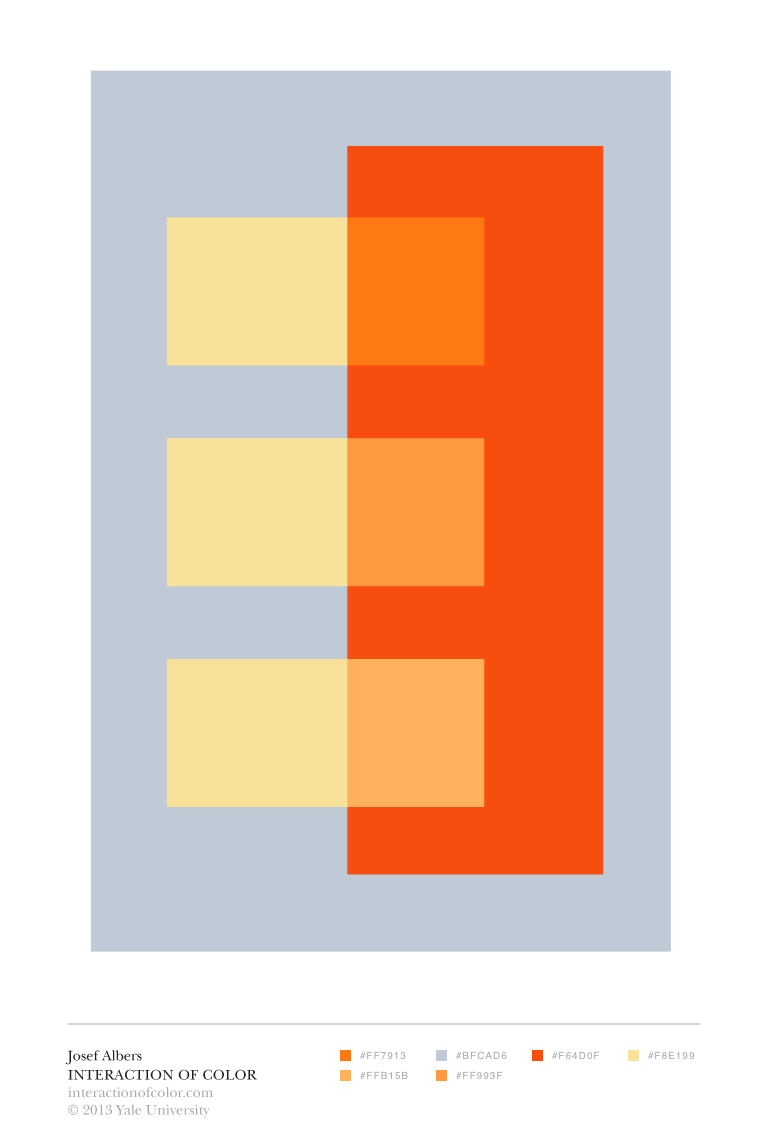Marble runs are a classic kid’s activity, you may even remember making them yourself at preschool using pre-constructed wooden tracks! I love marble runs because kids can use their imagination, and problem-solve while unknowingly learning about concepts such as motion, gravity and force. This blog post shares how you can make your own marble run at home using recycled materials! Age range: 18 months + please note that marbles can be choking hazards for little kids Preparation time: 10 minutes What you need Cardboard rolls (toilet paper rolls work great)Recycled materials such as fruit packaging and yogurt containersMasking or painter’s tapeScissorsBowl or basket Marbles or marble alternatives such as cotton balls, pasta shells, felt balls or polystyrene ballsA blank wall or window Setting up the activity A marble run aims to keep the marble in motion for as long as possible. To start, use the tape to stick the first…
Why art is important in children’s learning
Art can play an important part in children’s learning. This post shares five key reasons why. “Every child has the right to relax, play and take part in a wide range of cultural and artistic activities.” Article 31, United Nations Convention on the Rights of the Child Many education theorists have argued that art has a central role in children’s learning and development. For example, John Dewey – the founder of American progressive education – argued for the need to integrate art into people’s everyday experiences. Eillot Eisner then talked about the criticality of art in public school curriculum and Maxine Greene wrote about its significance in allowing people to imagine the world from multiple perspectives. All of these amazing thinkers built their arguments on the same issue: that art has been marginalised from school curriculum in place of syllabus focused on maths, English, science and technology. A recent example of this can…
How to arrange materials to support children’s learning
Children’s play with sensory-rich, loose part materials can be an important part in creative learning. How these materials are spatially arranged may also dramatically influence how a child takes up and explores them. Below are three practical tips for arranging materials to support children’s imagination and curiosity. I have put these together based on my own experience working as an artist and educator with young children. It would be great to hear what others find useful when laying out materials for children so please comment below! Layout materials to encourage social interactions Vygotsky talks about the importance of social interactions in facilitating learning amongst groups of people (Vygotsky, 1980). As a child’s peers, teacher or parents may have more advanced understandings or abilities in relation to a particular skill, concept or task, a child’s interactions with them may allow for new knowledge to be produced. Social interactions between groups of people may…
Vygotsky on collective creativity
This post shares Vygotsky’s idea of collective creativity, a concept presented in his article ‘Imagination and Creativity in Childhood’. I firstly talk about how he defines creativity and imagination. I then use these understandings to consider how children’s creativity emerges through play. Lev Vygotsky (1896 -1934) was a Soviet psychologist who researched children’s learning in social and cultural contexts. In particular, his theory of ‘social constructivism’ discussed the importance of social interactions in children’s cognitive development. Vygotsky was also very interested in creativity and imagination how these were understood in education. What is creativity? Vygotsky believed that creativity arises from any human activity that produces something new. Creative acts could produce anything from physical objects to a music score to a new mental construct. Creativity is therefore present when major artistic, scientific and technical discoveries are made. It is also existent whenever an individual alters, combines, images or makes something new.…
The Ipswich Art Gallery, Australia
This post features the children’s exhibition program at the Ipswich Art Gallery, Australia. From 2011-2015 I worked as a children’s curator at the Ipswich Art Gallery in Queensland, Australia. The Ipswich Art Gallery is a special place for children’s creative learning with a well established program for young children and their families. The city of Ipswich is home to a very diverse and predominantly low socio-economic community. The art gallery is currently one of the most visited in regional Australia. In my travels around the world, I have never come across anything quite like it. Over the past 15 years, the Ipswich Art Gallery has developed and presented over 40 in-house children’s exhibitions. The children’s program is informed by a set of guiding principles that include: Children’s exhibitions are curated for children not adults and Learning begins with creative play. The Children’s Gallery is open daily from 10am-5pm with almost all activities being…
3 tips for scaffolding children’s play with materials
Children’s play with materials is important as it allows them to think and learn in different ways. As a child’s creativity is always limited by what they do and do not know, scaffolding can open up new opportunities for more complex learning over time. Scaffolding is a term that was first coined by Vygotsky (1978) who described the process as something that allows children to move their current level of understandings to a more advanced one. This process helps children to undertake activities that they usually would not be able to without the help of others. Teachers and parents often do a lot of scaffolding in children’s lives. They teach children how to brush their teeth, share with others and read. Children’s peers, technology and information resource like a YouTube video can also scaffold children’s learning in different ways. Scaffolding is important in children’s play with materials as it allows…
How to use demonstrations to support creativity
This post explores ‘demonstrating’ as a technique for facilitating children’s learning with and through art in museums.
Josef Albers on the wonder of color in art education
This post discusses Josef Albers’ classic book ‘Interaction of Color,’ one of the most influential art and design texts of the 20thcentury. Albers was a painter, designer and educator who is regarded as a pioneer of Modernism. “Good teaching is more a giving of right questions than a giving of right answers” Josef Albers “In visual perception, a thing is never seen as it really is” Josef Albers Who was Josef Albers? Josef Albers (1888-1976) was a German-born artist, designer and educator. He firstly trained and worked as a primary school teacher before formally studying painting at the Royal Academy of Arts in Germany. He then taught at the revolutionary art school, the Bauhaus alongside renowned artists such as Paul Klee, Kadinsky and László Moholy-Nagy. Albers’ built his reputation as a both a renowned painter and object designer. When the Nazi’s forced the closure of the Bauhaus in 1933, Albers then migrated to America where he…
3 books on documenting children’s learning
Documenting children’s learning is a brilliant way to make creative and critical thinking processes visible. Documenting is also a great way to debate the assumptions, ethics and politics that shape education practices. This process can then be used to deepen and complexify education practices towards children (Krechevsky et al. 2013). Different terms are used to describe the process of documenting children’s learning around the world (Pacini-Ketabaw et al., 2015). For example, in England, the process is often referred to as ‘learning journeys,’ in Italy and parts of Scandinavia it is ‘pedagogical documentation’ and in Canada ‘pedagogical narration.’ It makes sense that different terms have been created as documenting children’s learning varies significantly in different contexts. Below are three of my favourite books on documenting children’s learning. Each book has been written in a different country (America/Italy, Canada and Sweden) and generates diverse theoretical and practical perspectives on the topic. I hope…


